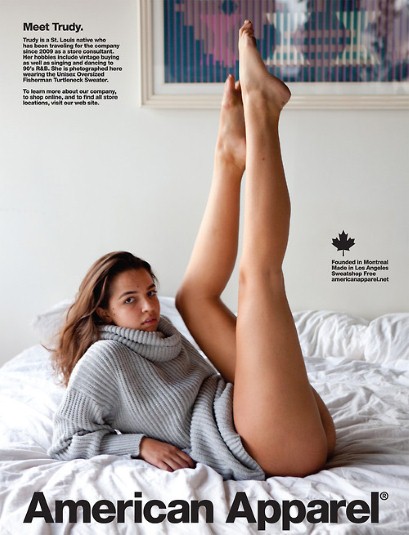In advertising, a tension often exists between creativity and salesmanship. An ad may do a great job of grabbing people’s attention and generating talk, but if the ad doesn’t have a solid sales message, consumers will not remember the product or give serious thought to buying it. Advertisers also have to be continually asking themselves, “Does this ad help build the value of our brand?”
There have been a number of ads that have done a great job of grabbing the public’s attention. But have they done a good job of promoting the product? Have they build the value of the brand?
Consider Anheuser-Busch back in 2009. Their brand Bud Light (the most popular beer in the United States) was launching its Bud Light Lime beer in cans. (Previously it had only been available in bottles.) Anheuser-Busch promoted the launch with an online ad that had people talking about “getting it in the can” — as in a suburban housewife confessing, “I never thought I’d enjoy getting it in the can as much as I do.” The crude sex joke attracted a lot of talk and attention from the advertising press. But it’s not clear what the message did to promote the brand or increase sales.
American Apparel has long been known for producing explicit ads for it’s line of young adult clothing that have featured nudity and provocative poses. One recent campaign promoted their knitwear, bodysuits, and stockings with poses that made women appear “vulnerable and overtly sexual,” according to Britain’s Advertising Standards Authority. American Apparel defended their ads, saying they had tried to create “authentic, honest and memorable images relevant to their customer base.” There can be no question that American Apparel has been successful with its shock-style ads. The problem comes in figuring out what the company can do next to grab attention. (NOTE: If you follow the links to American Apparel’s ads, don’t be surprised if some of the images are NSFW.)
Irish brewer Guinness, on the other hand, has been successful in grabbing attention, generating talk, and building it’s brand image with an ad that features a group of men playing wheelchair basketball in a gym. As the ad comes to an end, all but one of the men stand up and then join their one wheelchair-bound friend in a bar for a round of Guinness. The ad has all the standard elements of a beer ad – guys playing sports and then going out to drink beer together afterwards. But it ads the unexpected twist that gives it a huge dose of heart.

